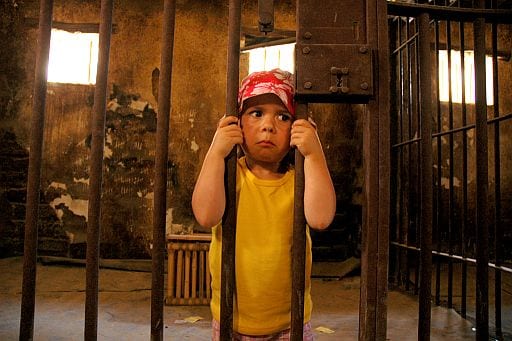
A teenager was stripped searched in school for carrying ibuprofen. The student sued and the Arizona court determined it is illegal to strip search a child unless the safety of the child is at risk. The incident was covered by the media and raises new concerns about zero tolerance policies in the school.
Many incidences of this type are the result of enforcing zero tolerance policies. Educators now ask questions about the intention and use of such policies.
- What is a zero tolerance policy?
- What is the intention of a zero tolerance policy?
- What are the concerns of a zero tolerance policy?
- Are there alternatives to a zero tolerance policy?
Zero tolerance policy
A zero-tolerance policy is a policy which does not have a tolerance for transgression. Any violation of existing laws and regulations, in spite of mistakes, ignorance, or even explanatory conditions, will be met with full punishment.
Zero tolerance started 1980s and early 1990s to discourage upsetting behavior through the application of harsh and certain punishments. The purpose of zero tolerance is to create a school climate free of violence and disturbing elements which is conducive to learning and teaching. It shares the related goals which are basic to disciplinary policy and philosophy.
Intention of zero tolerance policy
Although zero tolerance policies were originally designed to help protect the students from potential pressures, most schools are currently reevaluating the implication of the standards. Schools often now individually analyze each and every student infraction.
Supporters of zero tolerance policies state that due to zero tolerance, crime has reduced by 30 percent in public schools since 1990 (data collected by United States Justice Policy Institute.) Statistically colleges and schools are the safest places for children and teens.
Zero Tolerance Policies are designed to:
- Ensure the safety of teachers and students.
- Create a favorable climate of learning. It is difficult for students and teachers to learn and teach in disruptive environments. Hence an effective disciplinary act improves academic outcomes
Concerns of zero tolerance policy
Zero Tolerance policies are typically enacted by a school against a exact action, or possession of something on school property. The policies extend to activities or items which are not clear threats to school safety for example, nail clippers. This leads to removal of students viewed as good students from school due to which appear to be minor infractions.
The school expulsion and suspension which results from application of zero tolerance policies removes a large amount of students from the chance to learn.
Zero Tolerance Policies mandate the permanent expulsion of any student bringing a dangerous weapon to school. If a student is permanently expelled from school, what happens to the student?
Alternatives to zero tolerance policy
More and more school districts now avoid zero tolerance policies as it restricts those in authority to an action, regardless of conditions. Many districts opt to implement preventive and intervention strategies to address varying student needs.
- Use of primary prevention strategies which targets all students.
- Secondary prevention strategies which targets those students who may be at-risk for aggressive or disturbance.
- Tertiary strategies which target students who are already engaged in troublesome or violent behavior.